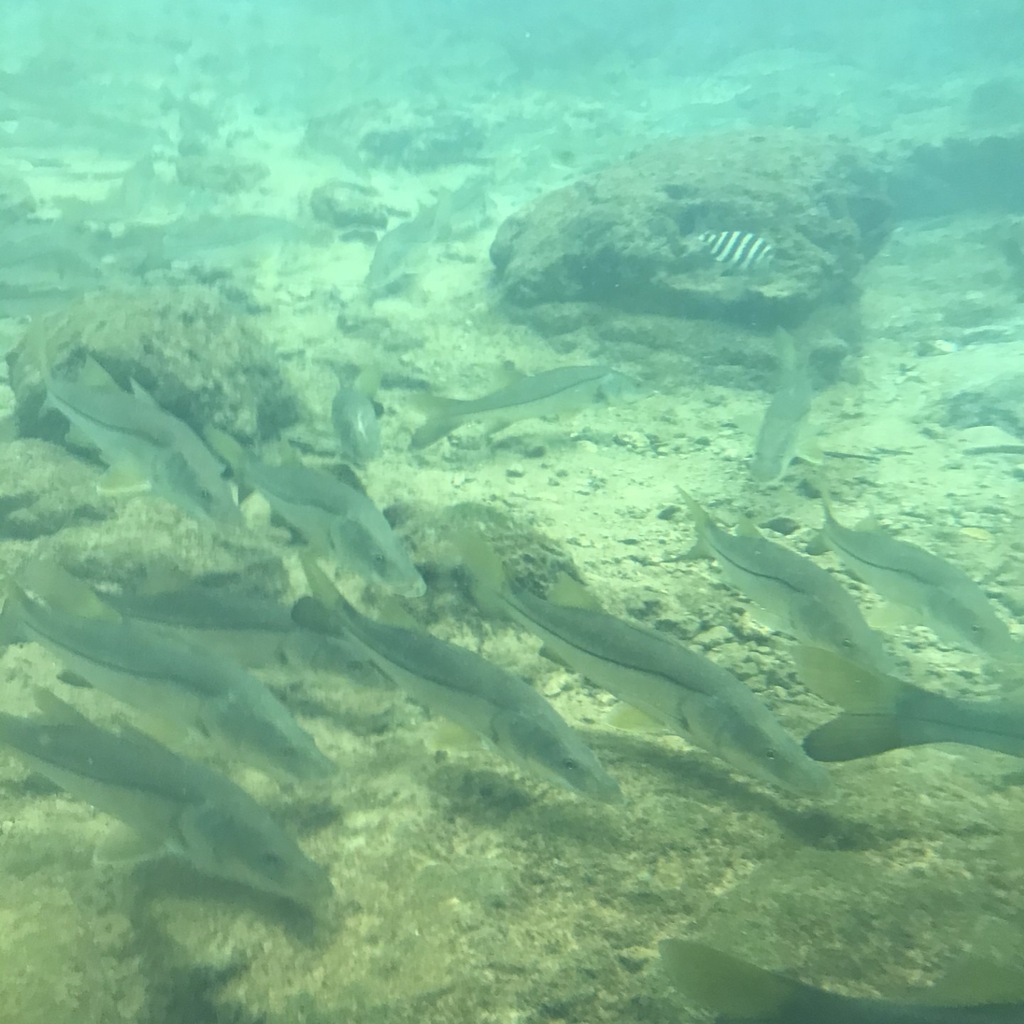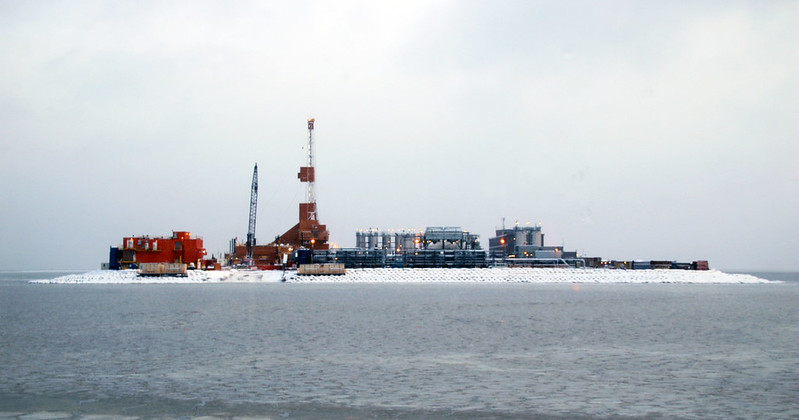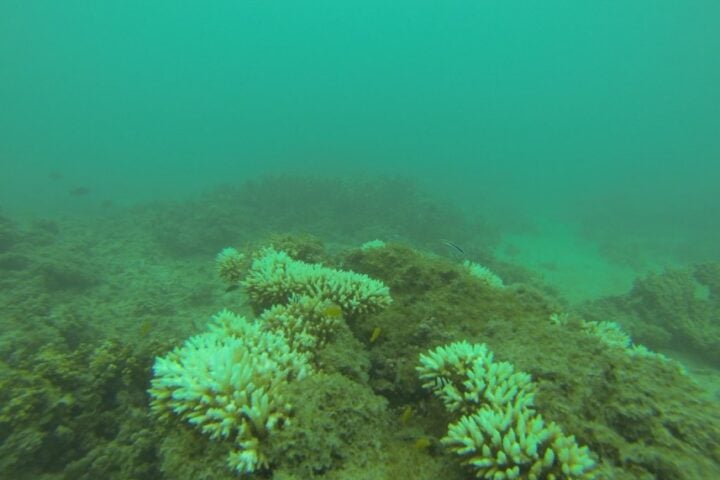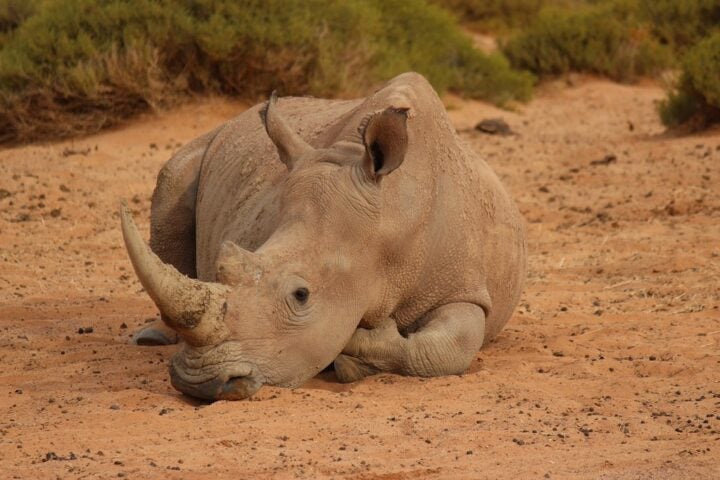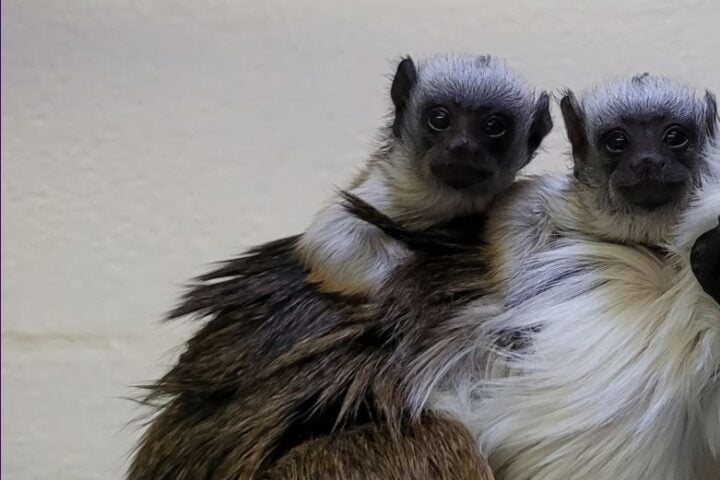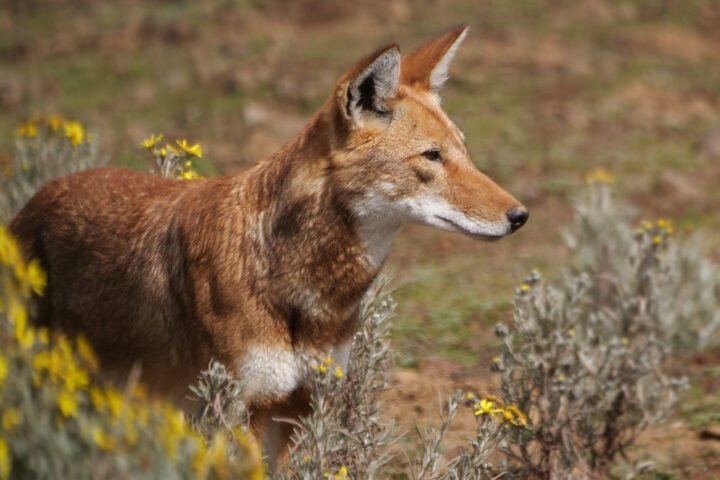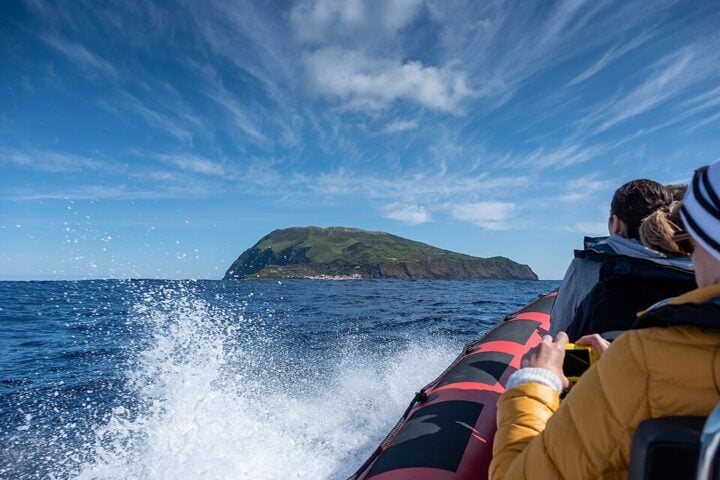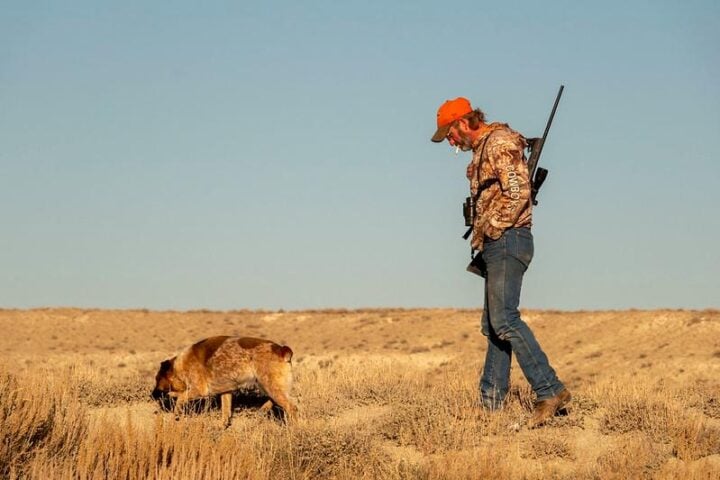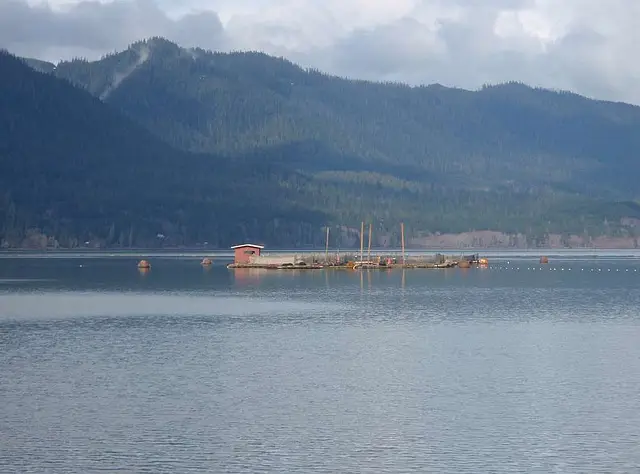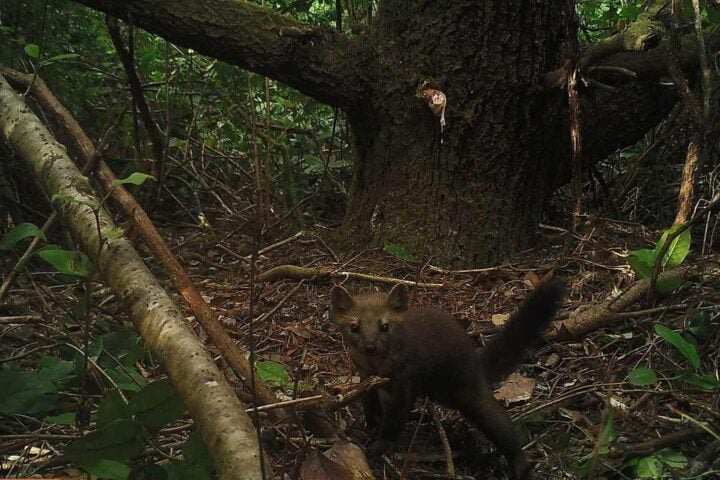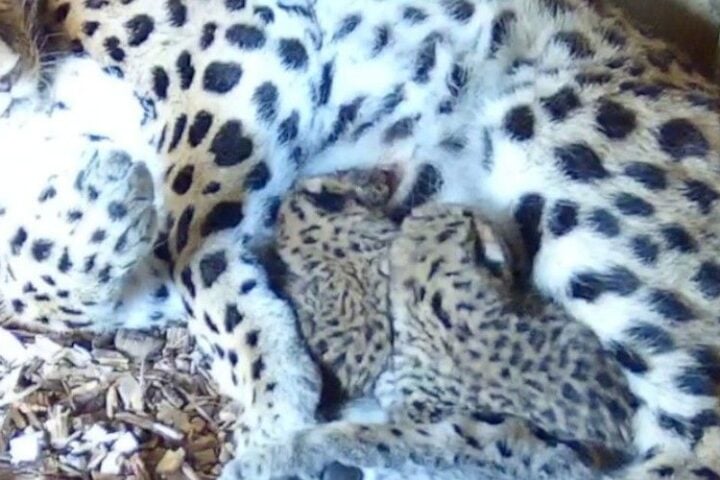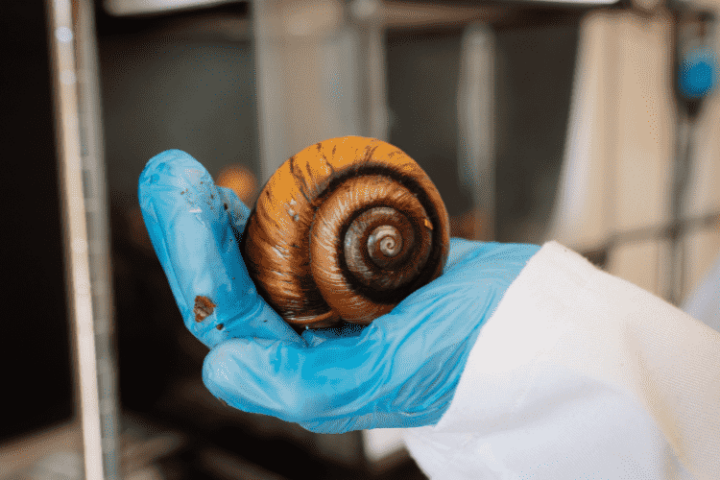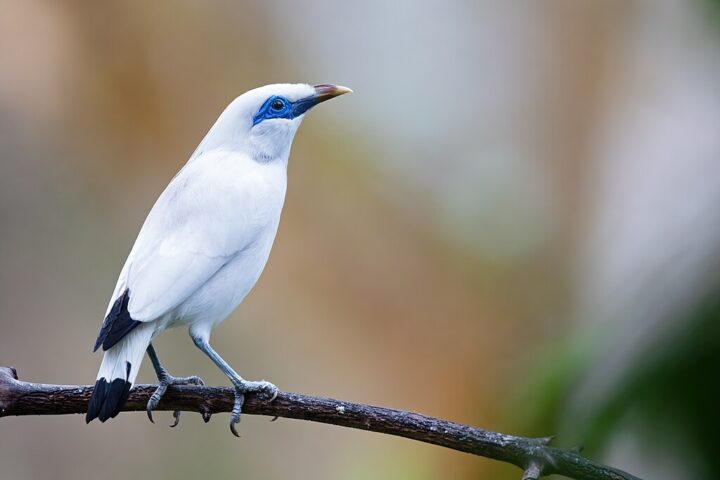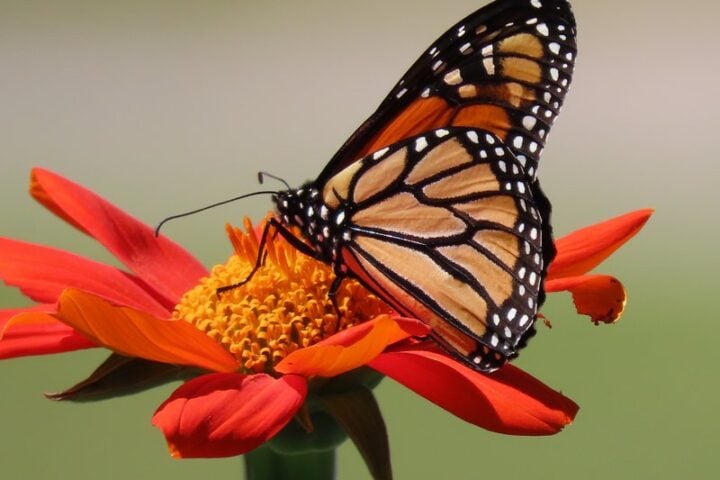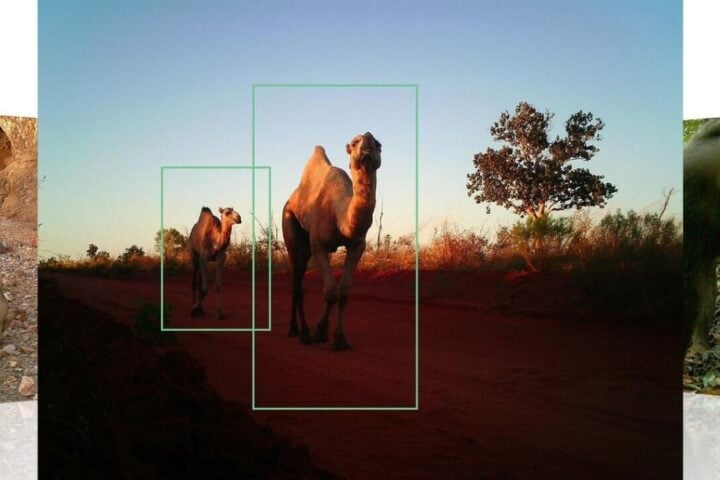Florida’s recent cold weather puts one of its popular fish species at risk. New research shows that common snook, a warm-water fish, handles cold differently depending on where they live.
“Cold stress may make fish more susceptible to disease or could even kill them,” warns Florida’s Fish and Wildlife Research Institute. If you spot dead or dying fish, call 800-636-0511 to report it.
The good news? Some snook are tougher than others. Fish living in the northern Gulf of Mexico can survive temperatures down to about 49°F to 58°F. That’s important because these fish are moving north as waters warm up.
Similar Posts
In lab tests, northern snook stopped eating at around 58°F and died at about 47.5°F. Southern snook couldn’t handle temperatures that low. This tells us that these fish can adapt to colder areas over time.
This research helps wildlife managers predict how severe cold fronts affect snook across different areas. When cold fronts hit, they can now better focus their conservation efforts where needed most.
The research also found something interesting about sudden temperature drops. When water gets cold too quickly, snook may struggle to adapt, making cold snaps especially dangerous.
For wildlife managers, this research provides important information for climate modeling, fisheries management, and regulating freshwater flows that affect thermal refugia—areas where fish seek shelter from extreme temperatures.
